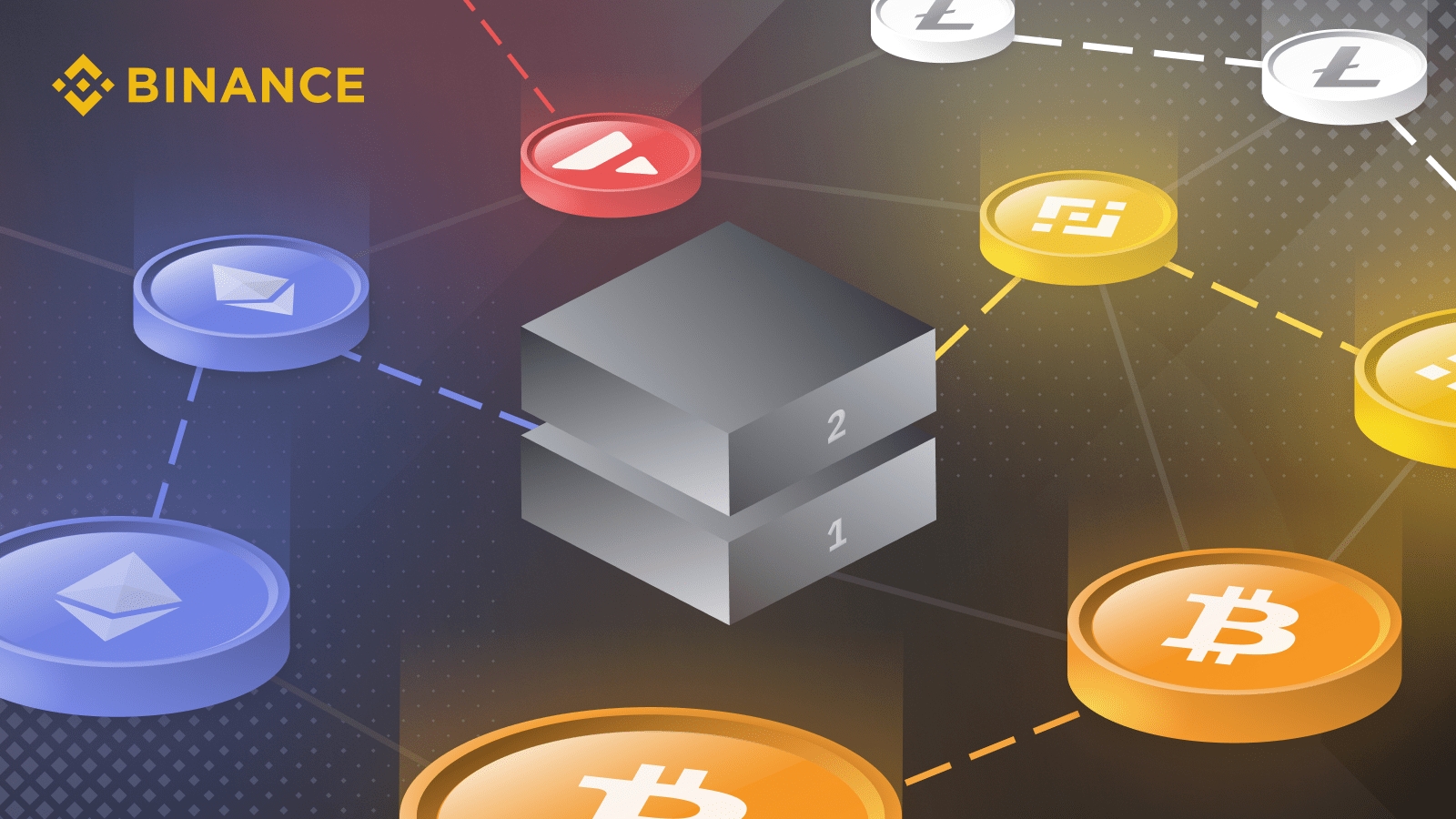Challenges with Layer 1 Blockchain

Despite its numerous advantages, traditional blockchain technology (often referred to as Layer 1) faces challenges that limit its scalability and hinder its mass adoption. These challenges primarily include:
Limited Scalability: The most significant issue with Layer 1 blockchains is limited scalability. As the number of users increases, the blockchain network becomes slower and less efficient. This is because every transaction needs to be processed by every node in the network, leading to a limitation in the number of transactions processed per second.
Slow Transaction Speeds: Given the decentralized consensus mechanisms (like Proof of Work) used in Layer 1 blockchains, transaction processing can be slow. This delay, often taking several minutes, is unacceptable for many real-time applications.
High Transaction Fees: Transaction fees on Layer 1 blockchains can be high, especially during periods of network congestion. This cost can make small transactions uneconomical, limiting the range of practical applications for blockchain technology.
Interoperability: Layer 1 blockchains often operate in isolation with their own set of rules and standards. This lack of interoperability can result in inefficiencies and hinder cross-chain collaborations.
These challenges necessitate an improved blockchain solution, one that can maintain the core benefits of the technology while addressing its shortcomings - that's where Layer 2 solutions like Alterium come into play.
Last updated